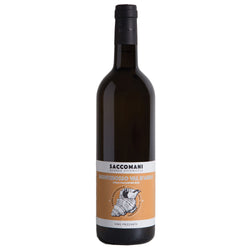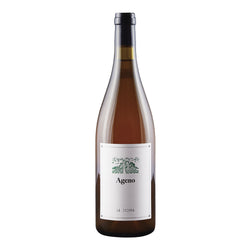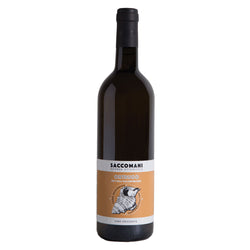L’Ortrugo è stato confinato allo stato di uva da taglio almeno fino alla metà degli anni Settanta, quando una famiglia del piacentino, con una storia che risale al XVI secolo, selezionò le vecchie viti per produrre un Ortrugo in purezza. Risale a quegli anni anche la nascita di due nuovi cloni, grazie alla collaborazione con l’Università di Piacenza, che sono stati poi ripiantati, a partire dagli anni Ottanta, un po’ in tutto il territorio: un piccolo successo, per un vitigno a bacca bianca autoctono, da sempre presente nel territorio, diventato oggi il più allevato, davanti a qualsiasi tipo di varietà internazionale. Il vino si presenta di colore paglierino chiaro tendente al verdognolo e ha un sapore secco o abboccato con un retrogusto amarognolo. Viene in genere , e tradizionalmente, prodotto nelle tipologie frizzante o spumante, ma ultimamente, per andare incontro ai gusti di un pubblico più vasto, sono arrivate sul mercato anche versioni ferme di Ortrugo.
L’Ortrugo è stato confinato allo stato di uva da taglio almeno fino alla metà degli anni Settanta, quando una famiglia del piacentino, con una storia che risale al XVI secolo, selezionò le vecchie viti per produrre un Ortrugo in purezza. Risale a quegli anni anche la nascita di due nuovi cloni, grazie alla collaborazione con l’Università di Piacenza, che sono stati poi ripiantati, a partire dagli anni Ottanta, un po’ in tutto il territorio: un piccolo successo, per un vitigno a bacca bianca autoctono, da sempre presente nel territorio, diventato oggi il più allevato, davanti a qualsiasi tipo di varietà internazionale. Il vino si presenta di colore paglierino chiaro tendente al verdognolo e ha un sapore secco o abboccato con un retrogusto amarognolo. Viene in genere , e tradizionalmente, prodotto nelle tipologie frizzante o spumante, ma ultimamente, per andare incontro ai gusti di un pubblico più vasto, sono arrivate sul mercato anche versioni ferme di Ortrugo.





